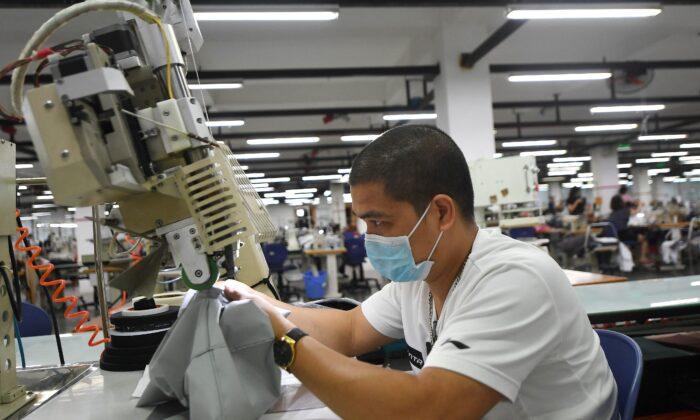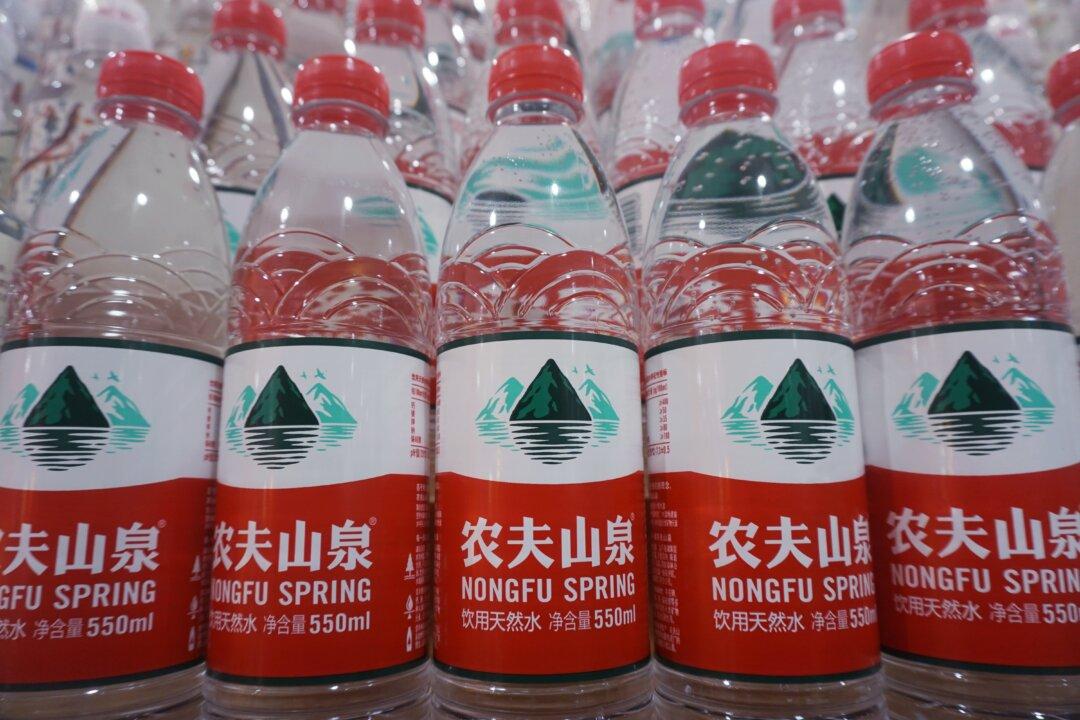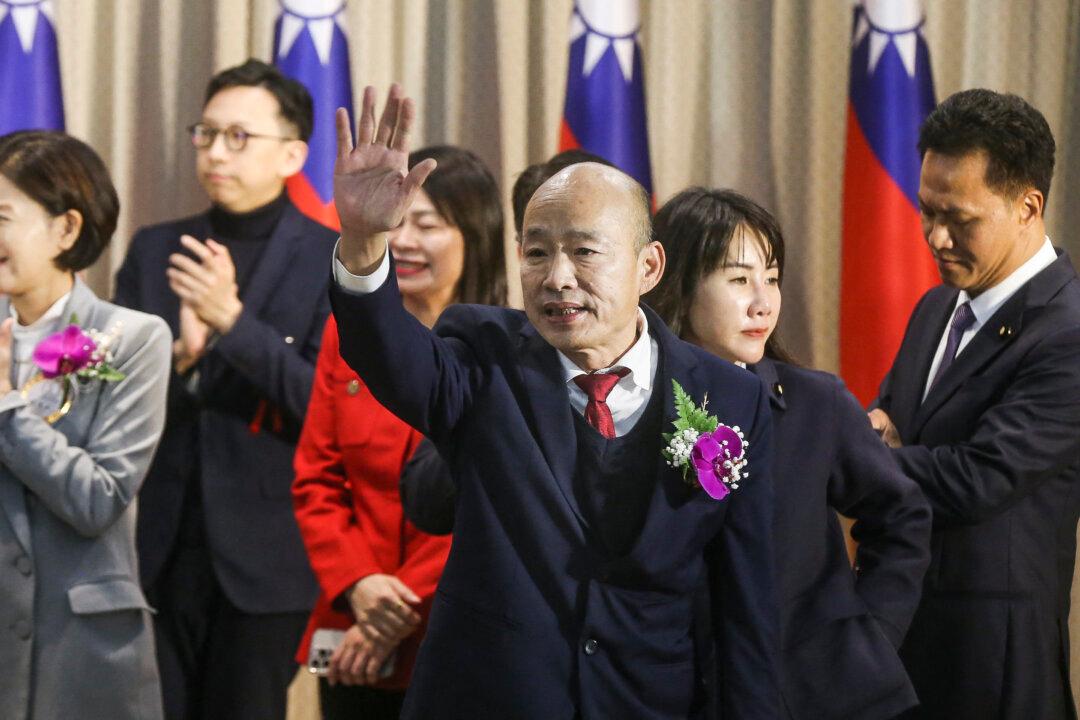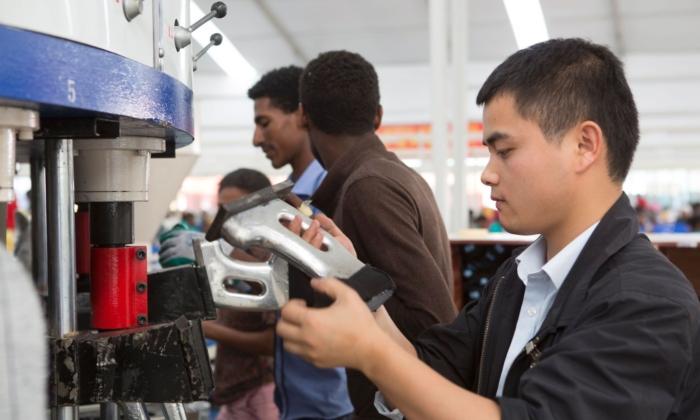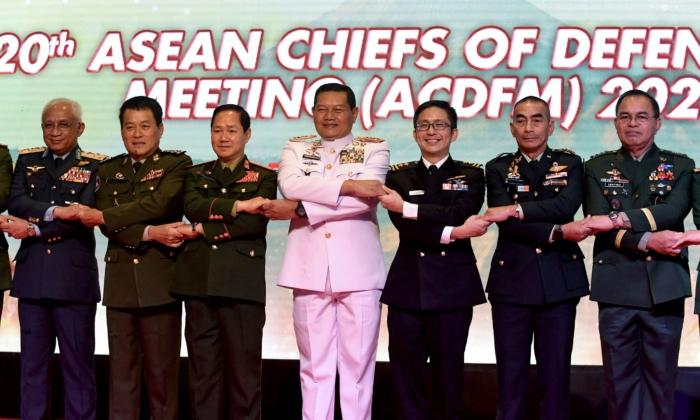Entering 2023, as the United States continues to impose various sanctions on China and American companies are accelerating their withdrawal from the country, Vietnam—a former foe during the Vietnam War—is receiving favorable gestures from the United States.
A huge American business delegation that is about to visit Vietnam has attracted worldwide attention, making people more and more interested in this fast-growing Asian country—a southern neighbor of China.
US Businesses Bullish on Vietnam
According to a Reuters report on March 17, more than 50 companies, including SpaceX, Netflix, and Boeing, will join a delegation organized by the U.S.-ASEAN Business Council to explore investment and trade opportunities in Vietnam.“Vietnam is about to welcome the largest-ever delegation in its history,” said Vu Tu Thanh, the council’s chief representative in Vietnam.
On Feb. 14, the Vietnamese government’s news site reported that Vietnamese Foreign Minister Bui Thanh Son met with U.S. Trade Representative Katherine Tai in Hanoi on Feb. 13 to celebrate the 10th anniversary of the Vietnam-U.S. comprehensive partnership.
Bilateral trade between the United States and Vietnam exceeded $123 billion in 2022, an 11 percent year-on-year increase, making a significant contribution to the comprehensive partnership, the report said.
Tai praised Vietnam’s participation in regional integration processes and emphasized Washington’s commitment to strengthening partnerships with countries in the Indo-Pacific Economic Framework.
Since 2018, Vietnam has benefited from the U.S.-China trade dispute, as high-tech industries successively withdrew from China and transferred to Vietnam. Additionally, since the outbreak of the COVID-19 pandemic in 2019, China’s economy has been hit hard due to Beijing’s “zero-COVID” policy. Vietnam, to the contrary, has successfully expanded its supply chain business despite a global slowdown.
On Dec. 31, 2022, the General Statistics Office of Vietnam announced that the country’s Gross Domestic Product (GDP) grew by 8.02 percent year-on-year, the highest increase in a decade. The per capita GDP was estimated at 95.6 million VND (approx. $4,110) in 2022, an increase of $393 compared to 2021.
More and more foreign companies are preferencing Vietnam over China for their factories.
U.S. companies that have already invested or plan to invest in Vietnam include 3M, Amway, Apple, Bank of America, Boeing, ExxonMobil, Google, Medtronic, Netflix, Nike, Roche, UPS, and Visa.
Demographic Dividend
According to public information, nearly 88 percent of the employed population in Vietnam is aged between 25 and 59, giving the country a clear age advantage over China.Vietnam’s average population growth rate has also risen steadily.
The country is projected to become the 15th most populous country in the world and the third country most populous in Southeast Asia, with a population exceeding 100 million by April 2023, joining Indonesia and the Philippines.
Labor costs are also very competitive.
The head of the General Statistics Office stated that human resources are the most important tool for improving the country’s competitiveness, and it will be a proud milestone for Vietnam to welcome its 100 millionth citizen.
In addition to manufacturing and service industries, Vietnam also boasts a strong agricultural sector, with a long history of rice cultivation. The Rice Goddess is a shared ancestral deity worshipped by all 54 ethnic groups in the country.
Leaning Towards the West
In 2011, Vietnam began to lean towards to the West. The rise of Vietnam today is reminiscent of the “Miracle on the Han River”—South Korea’s rapid economic development after the Korean War as a result of tremendous support from the United States.It has also developed good neighborly relations, and even strategic partnerships, with almost all countries in the Indo-Pacific region, including Japan, South Korea, Australia, Taiwan, India, Pakistan, Thailand, and the Philippines.
In particular, the United States, an enemy during the Vietnam War, arranged two aircraft carrier visits to Vietnam in two years amid territorial disputes with China in the South China Sea.

On March 5, 2018, the USS Carl Vinson arrived in Da Nang, Vietnam for a four-day visit, becoming the first aircraft carrier to dock in the country since the Vietnam War.
Rear Adm. John V. Fuller, the commander of the Carl Vinson strike group, remarked that the goal was “to promote security, stability, and prosperity in the region.”
On March 5, 2020, Vietnam hosted the U.S. aircraft carrier Theodore Roosevelt and a ship from its strike group at the port of Da Nang.
Apparently, the Vietnamese authorities have seized the once-in-a-lifetime opportunity when the world is gradually decoupling from the Chinese Communist Party (CCP).
